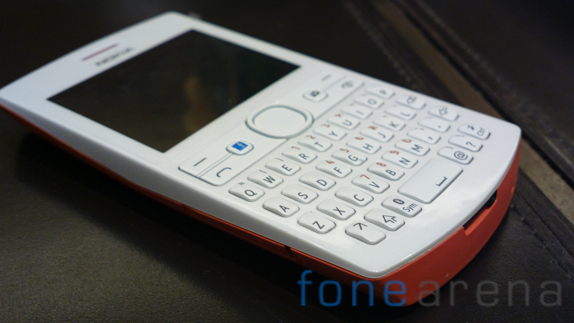

This market is quite far removed from being an actual market, with far too many external factors – carriers, mostly – having an enormous amount of influence over what we can and cannot buy. While I obviously applaud such diversity, I’m also wondering if it’s a wise strategy at this point in the smartphone market. Samsung has its – relatively successful – Bada operating system. Nokia has its Harmattan and Meltemi MeeGo bastard children. Mozilla is working on Boot To Gecko, which is also entirely HTML5-based. WebOS combines both web technologies and native development, and is in the process of being released as open source. This raises a number of interesting questions. EFL was to be a core aspect of Tizen’s base (the Samsung Linux Platform) and initially also of Tizen however, the project is now going to be entirely HTML5. What you also won’t find – which I think is a damn shame – are the Enlightenment Foundation Libraries. Due to its history, you’ll find aspects of both MeeGo and Moblin in there as well, especially at the lower levels – however, you won’t find MeeGo’s Qt APIs for application development in there. So, what does Tizen look like? Well, it’s basically a hybrid between TouchWiz and Bada, with a firm dash of WebOS and Mozilla’s Boot To Gecko in that applications are written in HTML5. It’s pretty clear it was thrown together specifically for developers to get accustomed to Tizen, and the project’s relatively early state is reflected in the device’s and software’s performance. The Tizen prototype device is relatively simple and not particularly sophisticated – it’s also quite large, and doesn’t even have a camera.

The Handheld Blog has a seven minute video of the device in action, and while I’m very happy big players are investing in all these alternative platforms, I do have to wonder – how viable are they? Tizen reached 1.0 only recently, but there’s already a Tizen Conference going on – and during that conference, Samsung had a relatively barebones reference device running Tizen 1.0.


 0 kommentar(er)
0 kommentar(er)
